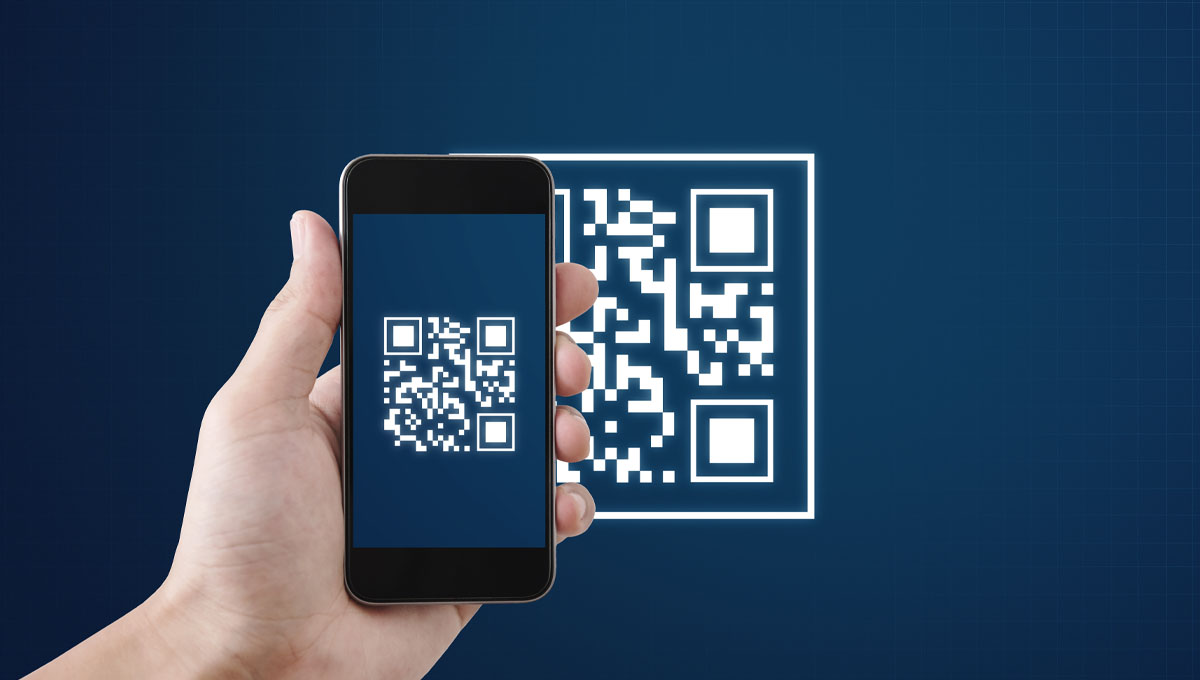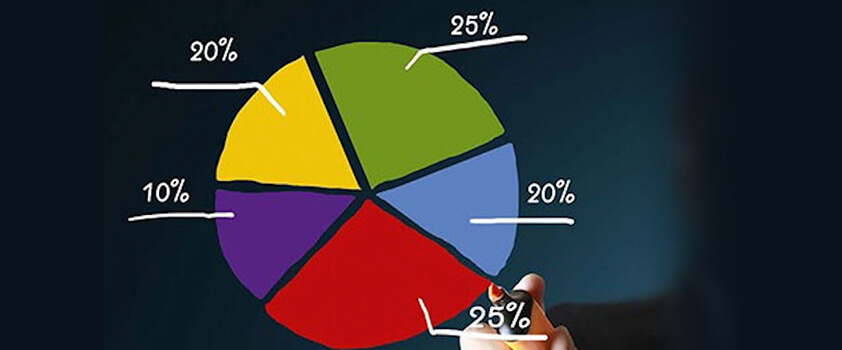In today’s rapidly evolving technological landscape, we are constantly surrounded by symbols and codes that hold hidden messages waiting to be deciphered. Among these, one ubiquitous symbol stands out: the QR code. Often seen emblazoned on product packaging, advertisements, and public spaces, these enigmatic squares have become a familiar sight, yet their inner workings remain shrouded in mystery for many. Today, we embark on a journey to unravel the secrets of QR codes, uncovering their history, purpose, and transformative potential.
Origins of the Quick Response Code
QR codes, or Quick Response codes, emerged in the 1990s from the Japanese automotive industry, developed by Denso Wave, a subsidiary of Toyota. Their initial purpose was to streamline production processes, enabling rapid data capture and tracking of components. However, their versatility soon extended beyond the factory walls, finding applications in various industries, from retail and marketing to education and healthcare.
Decoding the Mysterious Pattern
At first glance, QR codes appear as a jumble of black and white squares. However, beneath this seemingly chaotic pattern lies an intricate system of data encoding. Each QR code consists of a series of modules, arranged in a grid pattern, that represent binary information. These modules are strategically positioned to create a unique pattern that can be swiftly decoded by scanning devices.
Unveiling the Hidden Data
When a QR code is scanned, the scanning device captures the pattern of light and dark modules and translates it back into binary data. This data can then be interpreted into various formats, including URLs, text messages, contact information, and even location coordinates. The versatility of QR codes lies in their ability to encode a wide range of information, making them a powerful tool for sharing and accessing data.
A Bridge Between the Physical and Digital Worlds
QR codes serve as seamless bridges between the physical and digital worlds. Embedded in our physical surroundings, they act as gateways to a wealth of digital content and interactive experiences. By scanning a QR code, we can instantly access product details, navigate to websites, engage in augmented reality experiences, and even receive personalized promotions.
Transforming Everyday Interactions
QR codes have permeated various aspects of our daily lives, transforming the way we interact with information and engage with the world around us. From contactless payments and ticketing to attendance tracking and feedback collection, QR codes have streamlined processes, enhanced efficiency, and empowered informed decision-making.
A Beacon of Innovation and Engagement
As QR code technology continues to evolve, we can anticipate even more groundbreaking applications that will further redefine our interactions with the digital world. From personalized marketing campaigns to immersive educational experiences, QR codes hold the key to unlocking new frontiers of innovation and engagement.
Conclusion
QR codes, once a mere industrial tool, have evolved into ubiquitous symbols of innovation and progress. Their ability to bridge the physical and digital divide, enhance engagement, and streamline processes positions them as essential tools for navigating the complexities of the 21st century. As we embrace this transformative technology, we open ourselves to a world of possibilities, where information is seamlessly accessible, interactions are more engaging, and the boundaries between the physical and digital worlds blur. QR codes are not just a passing trend; they represent a paradigm shift in the way we interact with our world, unlocking a future where technology seamlessly integrates with our lives, empowering us to make informed decisions, engage with each other, and navigate our daily lives with greater ease and efficiency.




